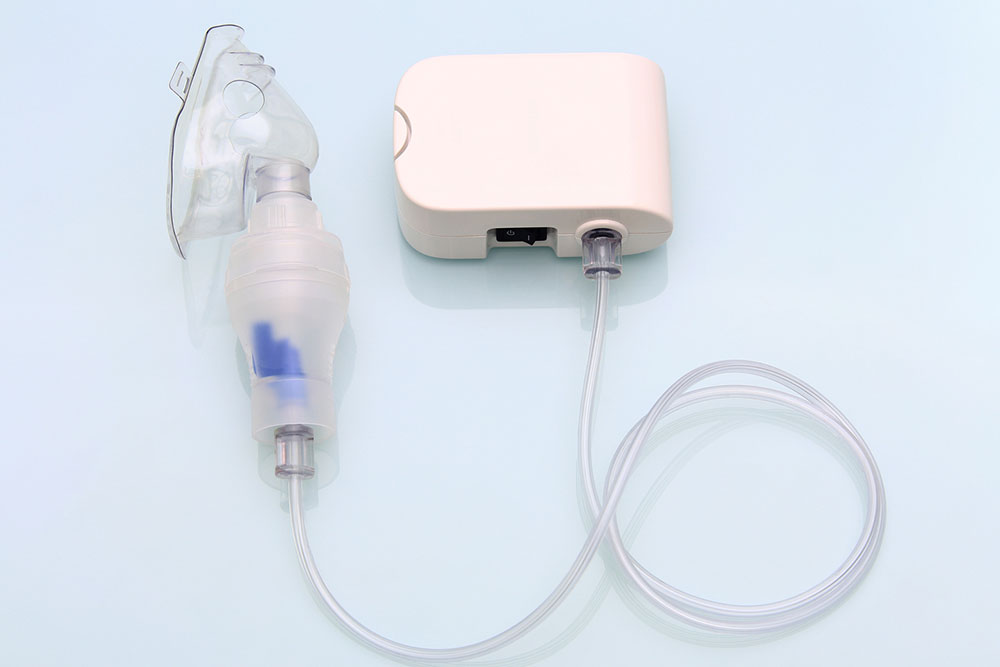7 household products that are harmful to lung health

Take a moment to ponder the air you breathe in your own home. It is a startling realization that certain household products, innocently resting on shelves and hiding in cabinets, can quietly wreak havoc on your respiratory system. From air fresheners and candles to cleaning sprays, these everyday items compromise the air you rely on. It is time to prioritize your respiratory well-being and create a vibrant living environment for you and your family.
Here are a few household products that are harmful to lung health:
- Insecticides and pesticides
Using chemicals that help combat pests can unintentionally compromise your respiratory health. Chemical compounds found in insecticides and pesticides are often formed from harmful ingredients such as pyrethroids and organophosphates. These can cause respiratory irritation and systemic toxicity when inhaled repeatedly. It is advisable to opt for natural pest control methods or consult with professionals who can provide safer alternatives. - Cleaning products
Our brain associates the subtle smell of cleaning products as a sign of a clean and hygienic atmosphere. When we smell a touch of rose, lemon, or other fragrances, we think the place is as clean as possible. However, many household cleaning products contain chemicals that can harm our lungs. Cleaning sprays, such as window cleaners, multipurpose cleaners, and bathroom cleaners, often contain chemicals like ammonia and chlorine, which can release fumes that irritate the respiratory system.Long-term exposure to these fumes may increase the risk of developing asthma or other respiratory conditions. It is safer to use alternatives such as vinegar, baking soda, or eco-friendly cleaning products, which can help protect your lungs without compromising cleanliness.
- Candles and incense
Everyone loves the warm glow and the subtle aroma that scented candles and incense sticks have to offer. However, these products also carry particulate matter that can cause lung irritation and other problems when released into the atmosphere. Burning candles and incense can emit soot, smoke, and VOCs, worsening lung conditions. Switch to beeswax or soy candles and use natural, low-emission incense to reduce potential lung harm. - Carpets
Carpets and upholstered furniture can harbor dust mites, pet dander, and other allergens that can trigger respiratory allergies and asthma. Regular vacuuming, steam cleaning, and using allergen-proof covers can help reduce the accumulation of these irritants, promoting cleaner air quality and healthier lungs. - Cooking sprays
Cooking sprays are a boon for daily cooking. They are convenient when you have grease pans. However, these sprays release fine particles into the atmosphere that can be easily inhaled. Therefore, cooking sprays are one of the household items or products that can damage the lungs. Consider using alternative cooking methods, such as brushing with oil or using a non-aerosol pump spray, to reduce the risk of lung damage while preparing your favorite meals. - Paints and solvents
Home improvement projects often mean using products like paint, solvents, and polishes in your home. Awareness of the potential lung hazards associated with paints and solvents is essential. Paint, paint thinners, and solvents carry VOCs that can release harmful fumes that irritate the respiratory system. To protect your lungs from this attack, ensure proper ventilation, wear a mask, and choose low-VOC or water-based paint options. - Air fresheners
While air fresheners may seem like a quick fix for unpleasant odors, they often contain harmful chemicals such as phthalates and formaldehyde. These chemicals can be released into the air and inhaled, causing respiratory irritation and potentially impacting lung function. Using essential oils to replace synthetic air fresheners is highly recommended.
Besides the products mentioned above, one should be mindful of mold growth at home. Mold grows in warm, humid places and is a common lung irritant. It is known to trigger allergies with symptoms like sneezing and coughing. It may also lead to an asthma attack or chronic sinusitis.
Several of these household products contain chemical compounds known as volatile organic compounds. These are toxic compounds released in the form of gas from air freshers, paint solvents, candle fumes, cleaning products, incense, and more. The compounds are then dispersed in the air within indoor spaces. When one continues to inhale VOCs for a long period, they are at risk of developing chronic obstructive pulmonary disease (COPD). Here, continuous inhalation of harmful compounds found in bleach and disinfectants has been linked to a decline in lung function.
Some of these household products can also trigger COPD flare-ups among those already dealing with this condition. Common signs of a flare include coughing, changes in the color, thickness, or amount of sputum (mucus) produced, difficulty sleeping, shortness of breath, wheezing, and fatigue. Symptoms may be worse than expected and last for two days or more.
Additionally, COPD is a major risk factor associated with Mycobacterium avium complex pulmonary disease (or MAC lung disease). So, those with COPD brought on by exposure to VOCs from common household products may also be at risk of developing MAC lung disease. While MAC lung disease-causing bacteria can enter homes through plumbing systems and soil, the risk of developing this condition increases when affected by COPD.

